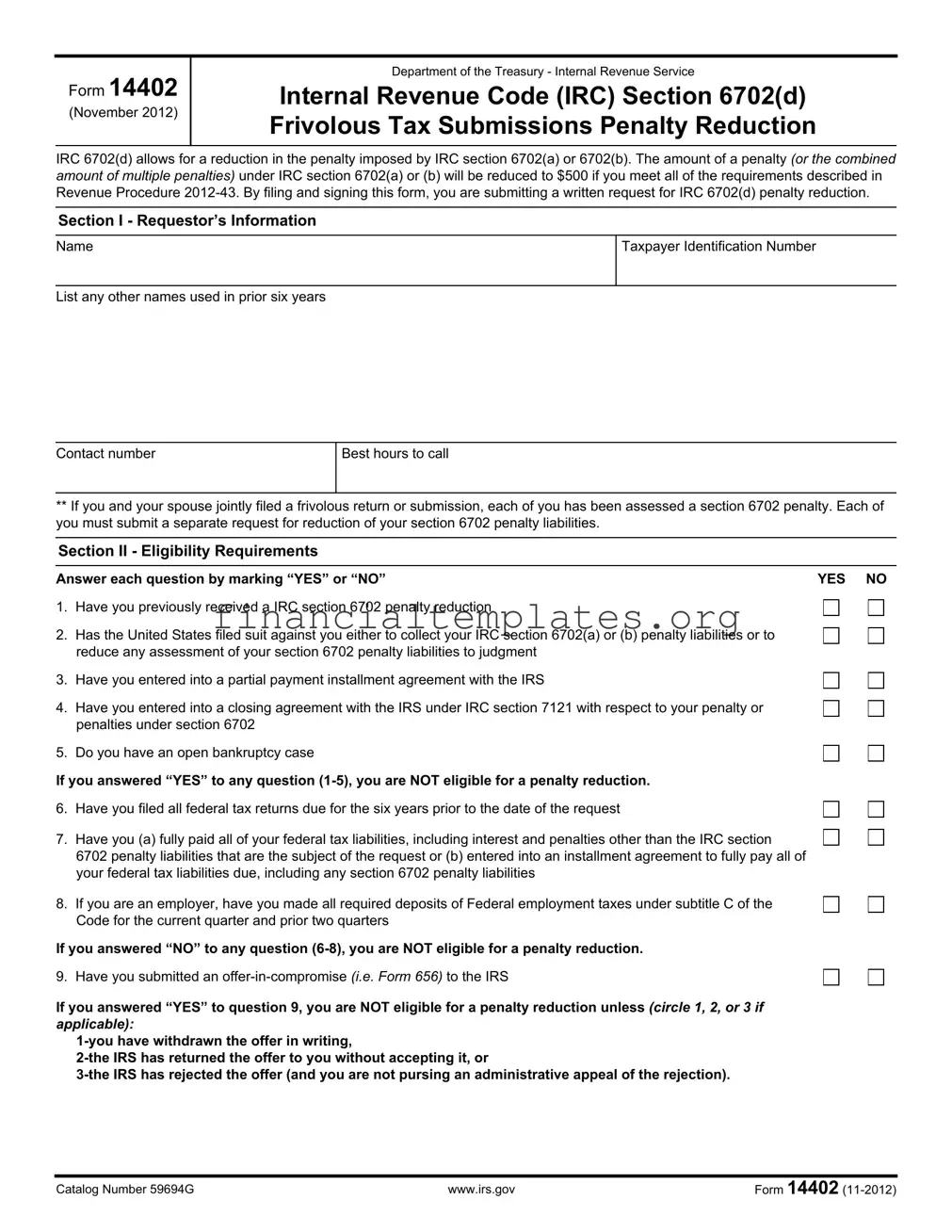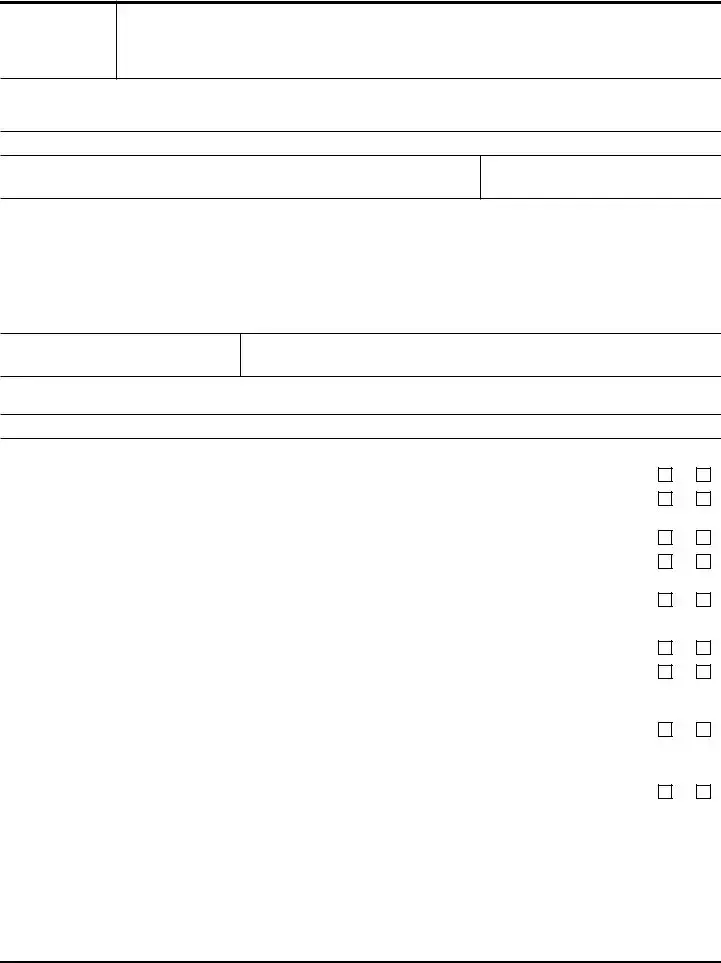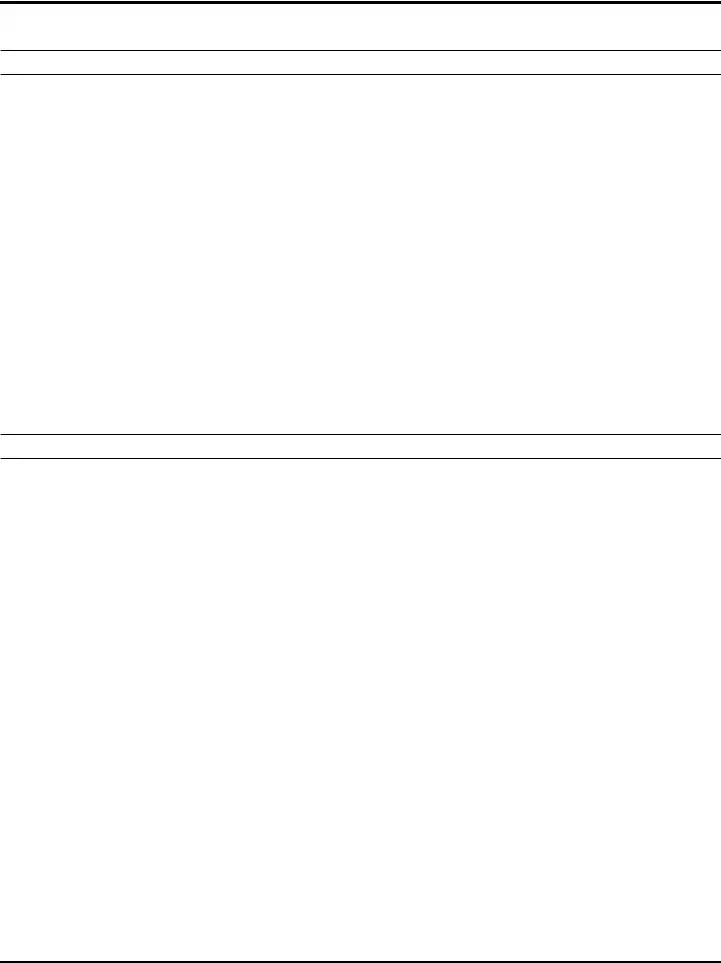Page 4
Question 6
If you have not filed all federal tax returns due for the six years prior to the date of your reduction request, then you are not eligible for a section 6702 penalty reduction. This requirement means a person must file all individual returns and all returns for any entity in which the person has a controlling interest. For example, an individual taxpayer who requests a section 6702 penalty reduction on May 15, 2012 must have filed valid tax returns for tax years 2011, 2010, 2009, 2008, 2007 and 2006. Refer to Revenue Procedure 2012-43 for more information about the filing compliance requirements.
Question 7
You are not eligible for a section 6702 penalty reduction unless you have paid all your federal tax liabilities other than section 6702 penalties and interest thereon or you have entered into an installment agreement to fully pay all your federal tax liabilities including the section 6702 penalty liabilities. If you have entered into a full payment installment agreement, you must continue timely making your installment agreement payments to receive a section 6702 penalty reduction. Your section 6702 penalty liabilities will be reduced only when you complete all payments required to satisfy all outstanding tax liabilities other than the section 6702 penalties that are the subject of the request for reduction. If you fail to make all payments required by your full payment installment agreement, your section 6702 penalty liabilities will not be reduced.
If you have already fully paid all federal tax liabilities, including interest and penalties other than the section 6702 penalty liabilities, then you are eligible for a section 6702 penalty reduction. You should not submit this form if you have already fully paid your section 6702 liabilities because you have no outstanding section 6702 penalty liabilities to reduce.
Question 8
If you are an employer that has not made all required deposits of Federal employment taxes under subtitle C of the Code for the current quarter and the prior two quarters, then you are not eligible for a section 6702 penalty reduction.
Question 9
In general, if you have submitted an offer-in-compromise to the IRS under section 7122 that includes any section 6702 penalty, then you are ineligible for a section 6702 penalty reduction because all of your unpaid federal tax liabilities, including any unpaid section 6702 penalties, will be considered and may be reduced under the offer-in-compromise determination.
**Note. You may still be eligible for a section 6702 penalty reduction if you have withdrawn your offer in writing, we have returned your offer to you without accepting it, or we rejected your offer and you are not pursuing an administrative appeal of the rejection.
Section III – Payment Information. If you meet the requirements described in Revenue Procedure 2012-43, then we will reduce your total unpaid section 6702 penalty liabilities to $500. You must pay this $500 balance in one of two ways.
First, you may submit a payment of at least $250 (but not more than $500) with your request for reduction. You may submit a payment of the entire $500 balance. Your payment will be applied to your unpaid section 6702 penalty liabilities, whether or not we grant your request for reduction.
**Note. If you choose to pay the entire $500 balance with your request for reduction and we grant your request, any interest that has accrued on your section 6702 penalty liabilities will be abated.
If you choose to pay less than $500 and we grant your request for a penalty reduction, you will remain liable for the remaining balance of the reduced penalties until the balance is satisfied. Interest will continue to accrue on the remaining balance of the reduced penalties from the date we assessed the earliest unpaid section 6702 penalty falling under these procedures. You must pay the remaining balance of the reduced penalties (plus interest). If you fail to pay the remaining balance, we may use any available remedy to collect the balance (plus interest).
**Caution. You must submit a payment of at least $250 with your request for reduction even if you have, prior to filing your request for reduction, paid either voluntarily or by an overpayment offset, a portion of the section 6702 penalty liabilities that are the subject of your request for reduction.
Second, if you have entered into and are in compliance with an installment agreement to fully pay all assessed federal tax liabilities (including the section 6702 penalty liabilities) for which the period for collection under section 6502 remains open, you may pay the reduced section 6702 penalty of $500 as part of the installment agreement. Your section 6702 penalty liabilities will be reduced only upon completion of all payments required to satisfy all unpaid tax liabilities other than the section 6702 penalties that are the subject of the request for reduction. We will notify you when you have paid all of your unpaid federal tax liabilities plus the $500 remaining balance of your reduced section 6702 penalty liabilities. If you fail to continue timely making all payments required by your full payment installment agreement, your section 6702 penalty liabilities will not be reduced.
**Note. If you pay the $500 balance as part of your full payment installment agreement, any interest that has accrued on your unpaid section 6702 penalty liabilities will be abated.




